Subscribe now and get the latest podcast releases delivered straight to your inbox.
How To Measure The Trust You've Built With Your Audience (with template)

Aug 7, 2023
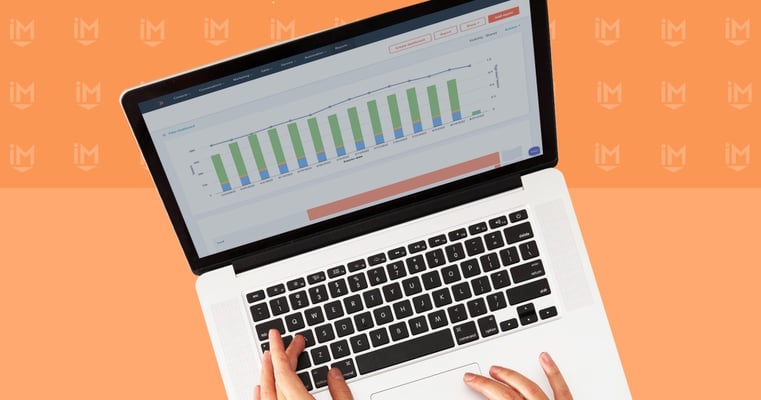
Key metrics for measuring trust
Before the sale
- Session length
- Direct traffic
- Average page views per session
- Newsletter subscriptions
- Newsletter engagement
- Private responses (to marketing emails, newsletters, and social posts)
- Complete form fills
- Total page views before becoming a lead
- Total video watch time
- Content shares
During the sale
- Average time to close
- Personalization of the sales process
After the sale
- Net Promoter Score
- Number of referrals given
- Post-sale engagement with your community
- Event attendance
Years ago, when I was a salesman, I started to realize a fundamental truth about business.
I had always known salespeople to be ready with a smile, a handshake, and good manners, but, soon, I came to see that sales success was more than that.
It wasn’t just about being liked. Sure, people are more willing to buy from people they like — after all, that's why celebrity endorsements work so well. But I started to understand that sales was about more than being liked. It was about being trusted.

If a prospect trusted me, that prospect was much more likely to close. This became fundamental to my worldview. I came to understand that whatever industry we’re in, we are all in the business of trust.
This became my mantra.
As I traveled to give keynotes to business groups and at conferences, whether I was talking about marketing, sales, communication, or leadership, the core of my message was the same: People buy from companies they trust.
Trust is the reason for brand loyalty. Trust is the reason the deal gets signed.
Trust is the foundation of all future success.
But trust was hard to measure and easy to misjudge because we lacked the tools to measure it.
Below, you’ll find the building blocks of a trust index that you can use to evaluate how much your audience trusts you — and see whether your business is building trust or losing trust in the marketplace over time.
Breaking the 'I know it when I see it' myth
Trust is invisible, but that doesn't mean it can’t be measured.
If you’re thinking, “of course, my audience trusts our business,” you might be right — but you also might be wrong, and without a way of measuring, you’ll never be sure.
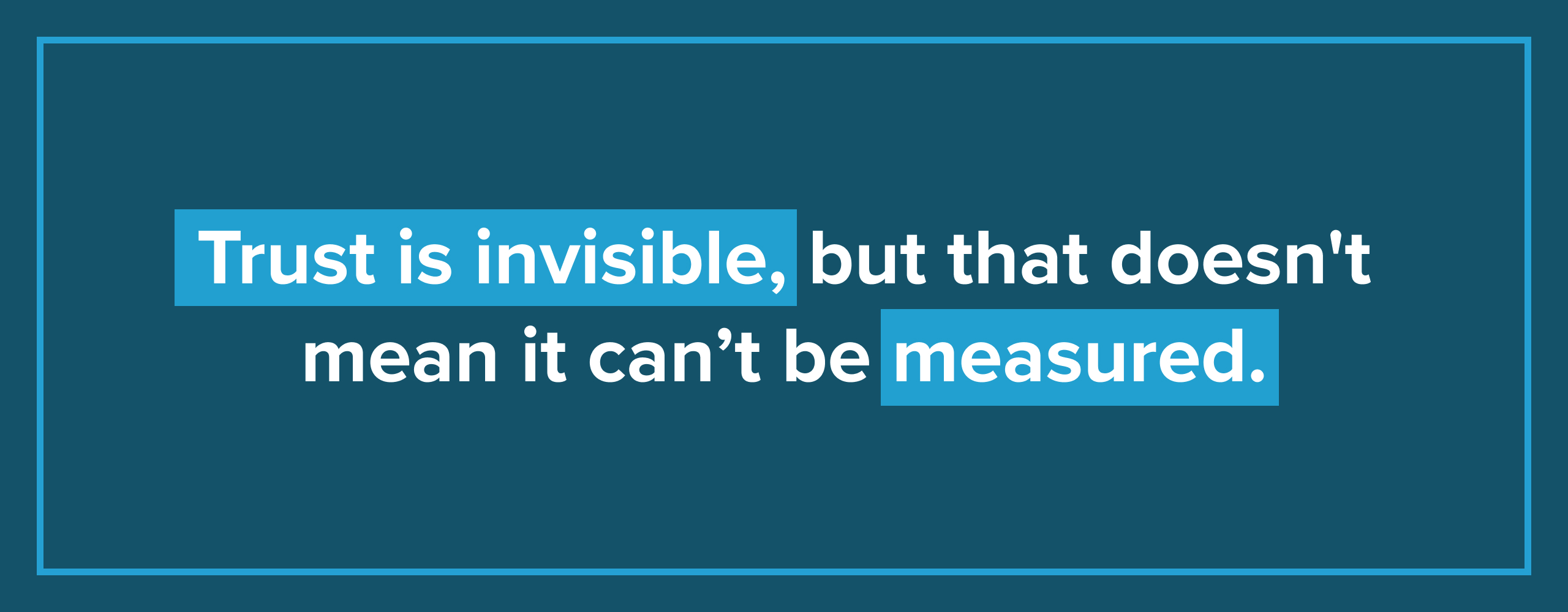
Keep in mind that your audience is a multitude of people so they’re not all going to feel the same way about you.
However, if you commit to building trust with your audience overall, you’re going to be moving in the right direction with those who need the help. And the metrics below will allow you to measure that progress.
I’ll break down the trust index into three buckets:
- Measuring trust before the sale
- Measuring trust during the sale
- Measuring trust after the sale
Then, I’ll include a template version of the spreadsheet we use at IMPACT to monitor trust signals from our audience.
Note: Not everything that appears below will apply to every business, but I’m hoping you can use what I present below to start measuring your own trust index.
Part I: Measuring trust before the sale (i.e. at the top of the funnel)
This is where it all starts.
A potential future customer just begins to learn about your brand. As the old saying goes, you never get a second chance to make a first impression. When a visitor is just getting introduced to your brand, you have a huge opportunity to build a relationship.
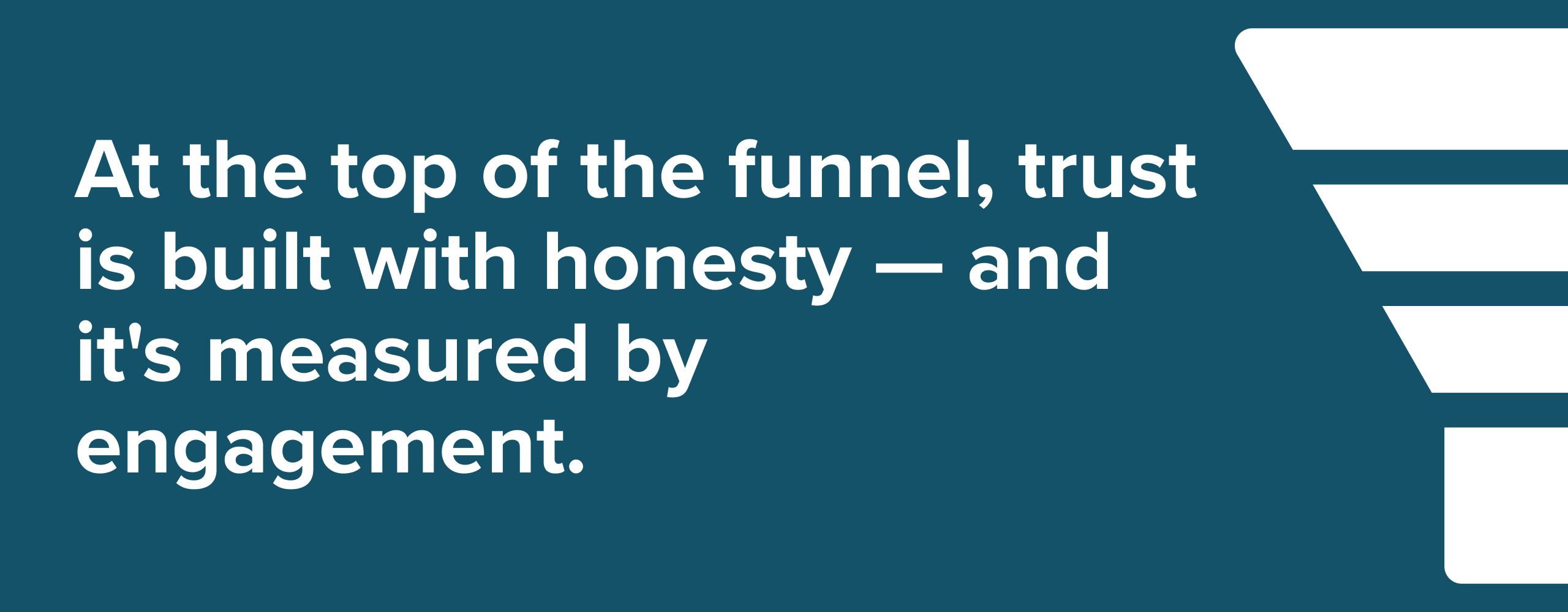
At the same time, you must remember that every single page of your website can be someone’s first introduction to your brand, so you need to pay attention to every weak link.
At the top of the funnel, trust is built with honesty — and it's measured by engagement. Searchers are looking for information, not a sales pitch or a product demo. When your content offers unbiased information, you’re on your way to building trust.
But what does that trust actually look like?
I’ve found that if you pull together the right data points and track them week by week, you can see if your efforts to build trust with your audience are paying off.
I advise businesses to keep track of the following metrics. Now, admittedly, some are harder to track than others, but with a good CRM and Google Analytics, you can get a lot of useful data.
Keep in mind, these are not the only numbers your marketing team should pay attention to. There are plenty of others that are important to your goals. But the ones listed below should form your trust index.
Track these metrics to measure trust (in aggregate)
- Session length: On average, how much time are your visitors spending on your site? The longer we give something our attention, the more trusting we are.
How to measure: Use your CRM or Google Analytics to measure average session length across your entire website. - Direct traffic: Visitors are typing in a URL specifically so they can come to one of your pages. The fact that they’re seeking you out by name shows that you’re a recognized, trusted resource.
How to measure: Both your CRM and Google Analytics can measure direct traffic. In HubSpot, select it from the list in your traffic analytics report.
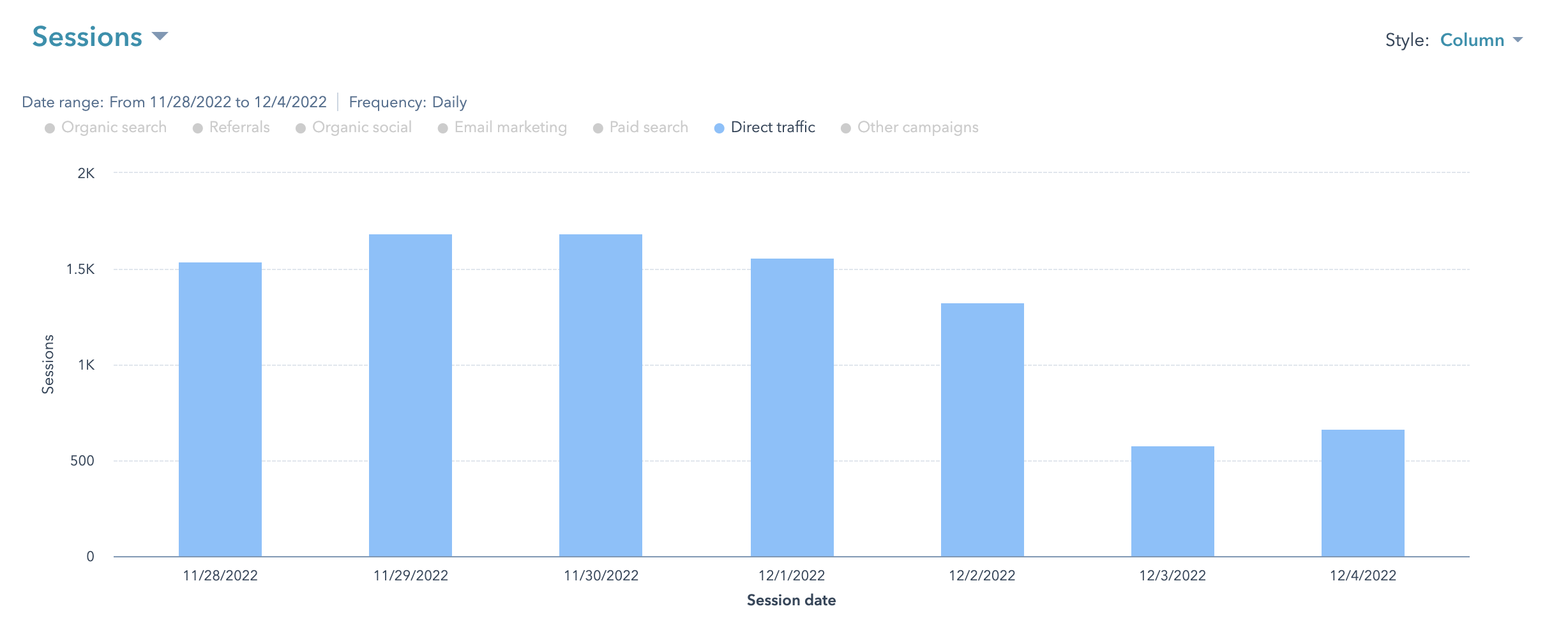
- Average page views per session: Someone spending time on your page and reading your content is a sure sign of trust. If they’re willing to click through and read more, they’ve trusted the content they’ve found.
How to measure: You can measure page views per session in your CRM using a combination report. If you’re a local business, you can filter based on location, too.
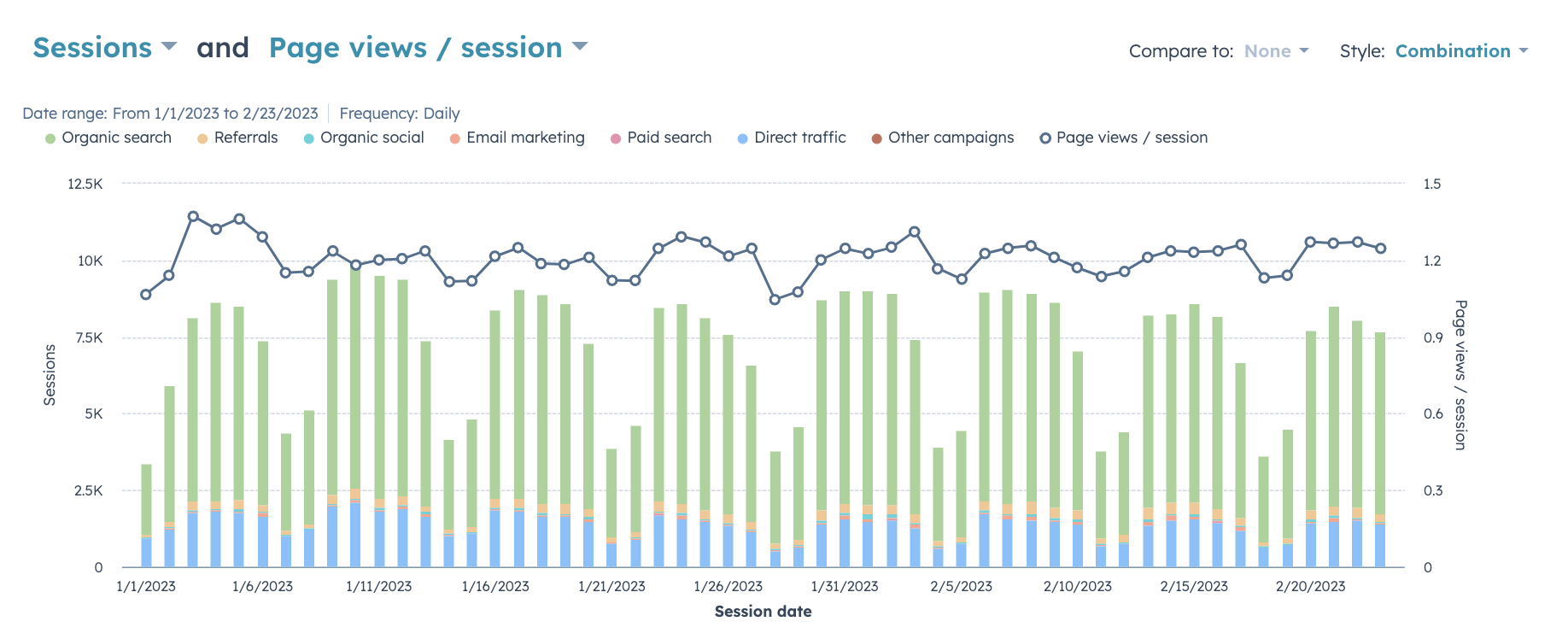
- Subscriptions: We all have overcrowded inboxes. If someone chooses to subscribe to your newsletter or RSS feed, they’re inviting you into their everyday work life.
How to measure: You should track your total number of subscribers week over week using your CRM. Don't just track the aggregate number of subscribers. See how many signed up and how many dropped out. - Newsletter engagement: Those inboxes are crowded for a reason. We’ve said yes too many times in the past. Open rates and click-through rates show that your audience is actually consuming (and maybe even enjoying!) your content.
How to measure: Each time your newsletter goes out, you should track the basics like you would for any marketing email: open rate, click-through rate, and anything else you’re looking to see. But keep in mind that you’ll have to establish baseline numbers to get started. The engagement you’ve been seeing from typical marketing emails might not translate to your newsletter.
- Private responses (to marketing emails or social posts): Public comments on LinkedIn are great, but they’re as much about building that person’s brand as they are about your content. A private message or a response to an email newsletter takes more effort and means more.
How to measure: Make sure your newsletter comes from a person, not just from brand@company.com. In the text, encourage replies. These replies can get routed straight to the sender, who can report on them each week.
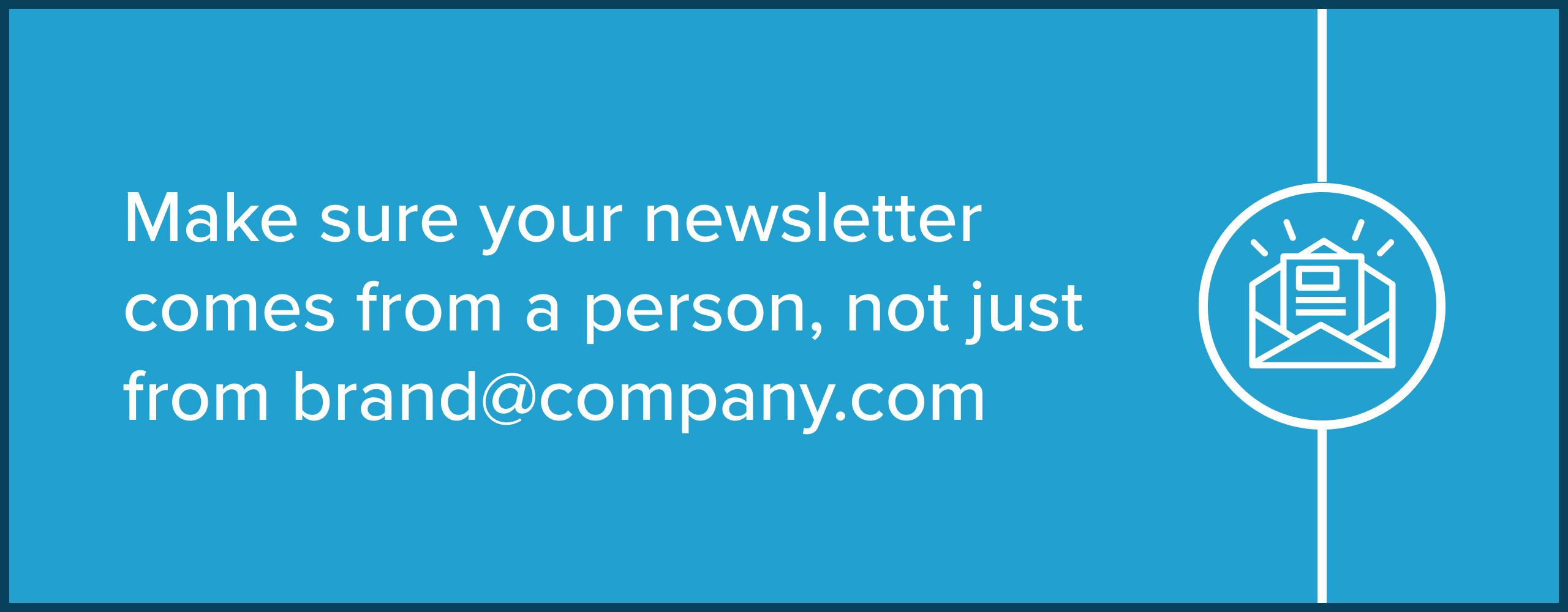
- Complete form fills: When someone converts and becomes a lead, they often do it on a form. The more information they’re willing to give, the more trusting they are. A simple form with just name and email is bare bones. If you’re asking for additional information and visitors are giving it, that’s a good sign.
How to measure: Marketers are always striking the balance between asking for the information they want and getting fewer form fills. My advice: Ask for what you need and what’s reasonable, and provide value in return. And be very clear about next steps. Serious buyers who trust you will give you what you’re looking for.
At the same time, be sure to look at HubSpot’s form step completion report to check your completion rate. You want to see a high completion rate based on the number of times the form has been viewed/interacted with.
Track these metrics to measure trust (for an individual lead)
- Total page views before becoming a lead: If a person keeps returning to your site before they convert and become a lead, they’ve begun to build a relationship with your brand.
How to measure: Once someone has converted on your website, your cookie tracking should allow you to see the pages they’ve viewed in the past. This information will live in their contact record in your CRM. However, that number will keep growing as they see more pages during the sales process or after they become a customer.
Here’s how to track the number of pages they viewed before becoming a lead, with help from Jess Palmeri, our lead HubSpot trainer.
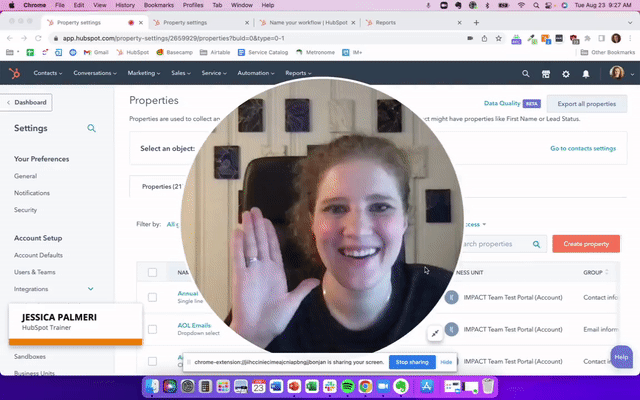
- Total video watch time: This demonstrates the same thing as site views — this person is investing time in your content.
How to measure: This one’s trickier because it depends on where your videos are hosted. YouTube gives data in aggregate, but embedded videos on your site that are hosted by another platform can give you individualize insights. Here's what this looks like in HubSpot Video when you filter contact records by media plays.
- Content shares: When you share something (through email or social media), you put your own credibility on the line. If someone is sharing your content, they believe in your message.
How to measure: Because content shares can take different forms, tracking this one can be a bit of a challenge. It could be backlinks to your content, reposts of your social media videos, or forwarding your guidebook in an email.
Part II: Measuring trust during the sales process
If your marketing efforts have paid off, prospects should enter your sales process with a relationship with your brand already established.
For our clients, it’s not uncommon for their prospects to have already read dozens of articles and become YouTube and newsletter subscribers.
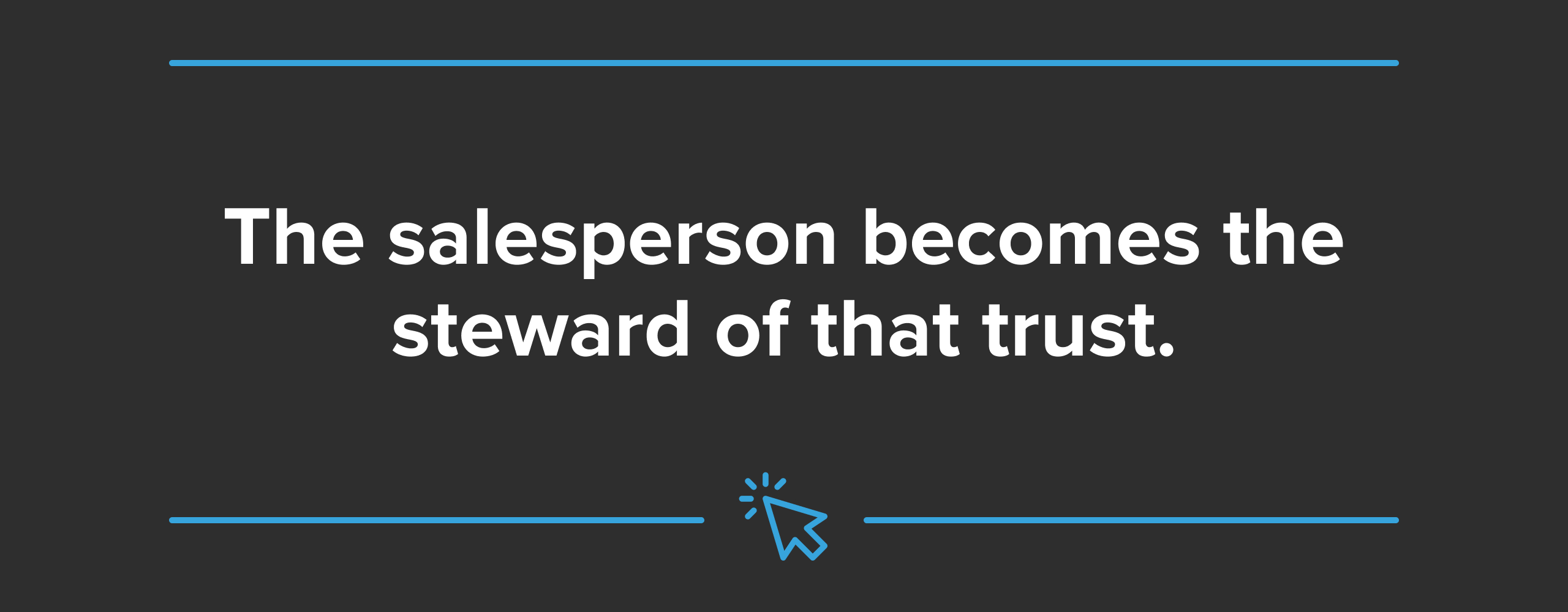
When that’s the case, you can imagine the sales team’s job is that much easier. With trust already established, the salesperson becomes the steward of that trust. They don’t have to start from scratch.
Still, there are key metrics to watch for to make sure your team is doing everything right.
- Average time to close: The more trusting the prospect, the easier the sale. They’ve already read your content and gotten to know your brand.
How to measure: Keep a running tally of deal length from first call to closed/won. Depending on your sales cycle, you can report on this weekly, monthly, or quarterly. Summarize the length of the average sales cycle during that period and share it with your team. - Personalization of the sales process: This feels more qualitative, I know, but it helps you better understand your sales process. See how much one sales call differs from another. The more personalized, the more trusting the relationship.
How to measure: You can measure this in an individual call using AI tools like Chorus or Gong. Track words that are unique to the prospect so you can see how much of each call is about the prospect’s needs — and how much is about your product or service.
Part III: Measuring customer trust after the sale
Some of the strongest indicators of trust come after a prospect becomes a customer. At that point, they’ve already trusted you enough to make a purchase.

So, are they likely to become repeat customers, to recommend you to their friends, and to stay in the orbit of your brand? Or are they going to leave you a one-star review and actively criticize your organization?
- Net Promoter Score (NPS): This metric measures customer satisfaction on a scale of 1-10, with the goal of identifying those customers who are so pleased that they become “promoters.” It’s not a perfect tool, but it’s handy to use.
How to measure: You can find out more at this website. - Number of referrals given: The customer who’s so happy that she refers your business to her network is someone who trusts your brand deeply.
How to measure: The best way to measure this is on the lead side. On intake forms, be sure to ask how the person heard about you. If it was from a referral, be sure to ask who. - Post-sale engagement with your community: The minute a sale closes, it concludes one relationship and starts another. Customer service is where real brand loyalty gets built. You want your customers to become repeat customers and brand ambassadors.
How to measure: You can track this a number of ways. Maybe you have a customer newsletter or other communication that goes out. Or an online community like a Facebook or LinkedIn group. You can track engagement there. And check if your customers follow your brand on social media or YouTube.
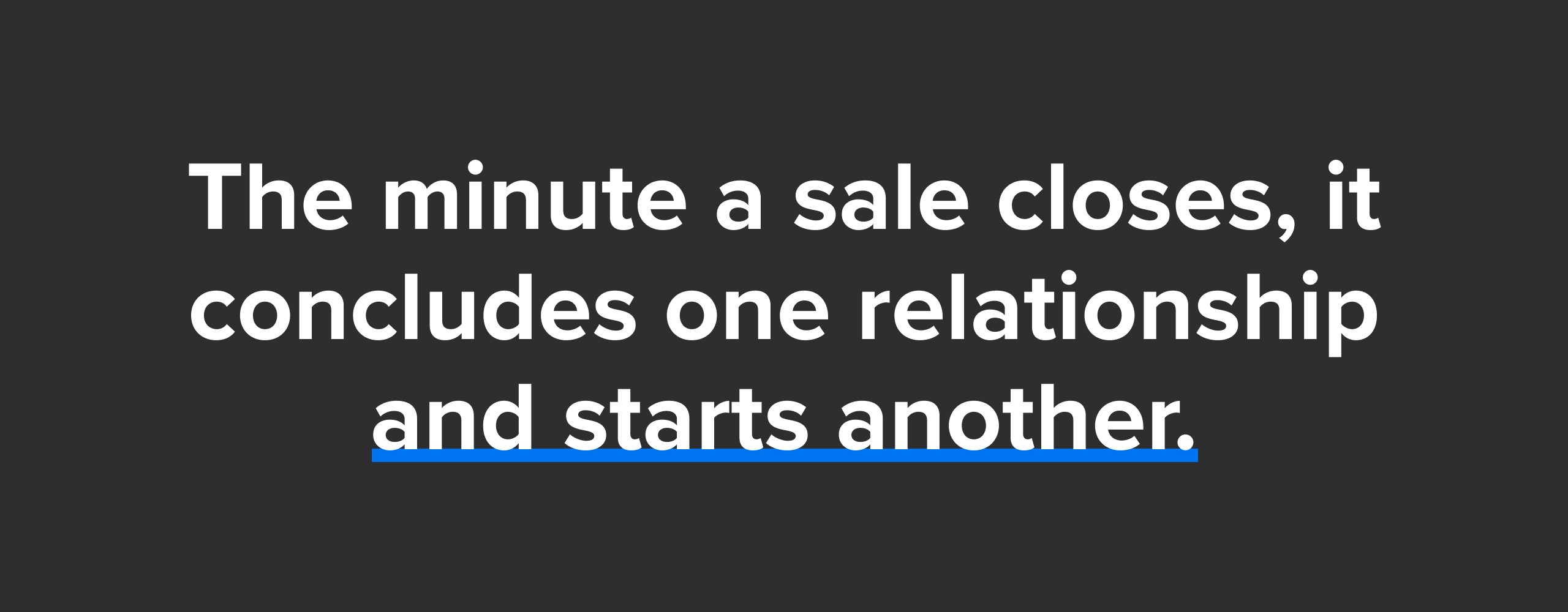
- Event attendance: Will your past customers attend your future events? Do they still see your business as important to them? You can safely believe that every attendee at the next Apple event has already bought an Apple product. Probably several. And they’re sure to be repeat customers in the future.
How to measure: If you host events, track attendees who are already in your system. Maybe they can get a special marker on their badge that notes they’re a past customer. You can always consider offering buddy passes or discounts, too.
Tracking your trust index
Now, not everything listed above will apply to every business. You might not have a newsletter, you might not host events, etc.
But most of the metrics above should be tracked by you and your team every week.
To get you a headstart, I've built a simple spreadsheet you can use to begin tracking these metrics today. It's nothing fancy. I haven't added in calculations or conditional formatting. I'll leave that to you. Just open the file and make a copy so you can change the template to suit your needs.
The power of the trust index
In a landmark study of more than 30,000 respondents, researchers at Edelemen found that only 54% of Americans trust businesses to do the right thing. Think about that. You’re selling to a marketplace that likely does not trust you.
To overcome this trust deficit, you must commit to honesty and transparency, replacing a hard-sell approach with buyer education and relationship-building.
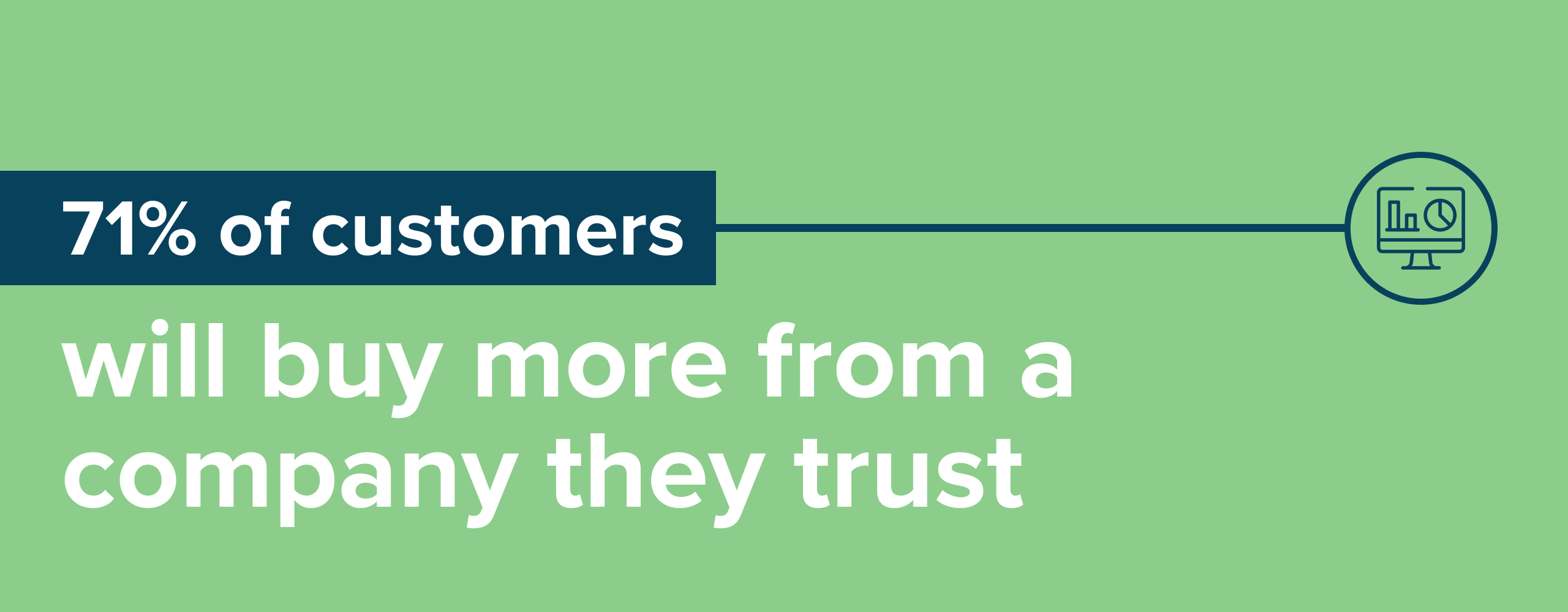
This approach will yield big gains in the long term. Relationships are slow to develop, but they’re powerful and valuable once they do.
Trust matters.
Research from Adobe shows that 71% of customers will buy more from a company they trust — and I’d wager the number is actually even higher. After all, when was the last time you gave your money to someone who wasn’t trustworthy?
If you want to build trust, don’t think of it as a vague concept that’s impossible to measure. Track the metrics listed above. Build your trust index to be sure your business is engaging in the most important work there is for long-term success.


Ready to Get Started?
